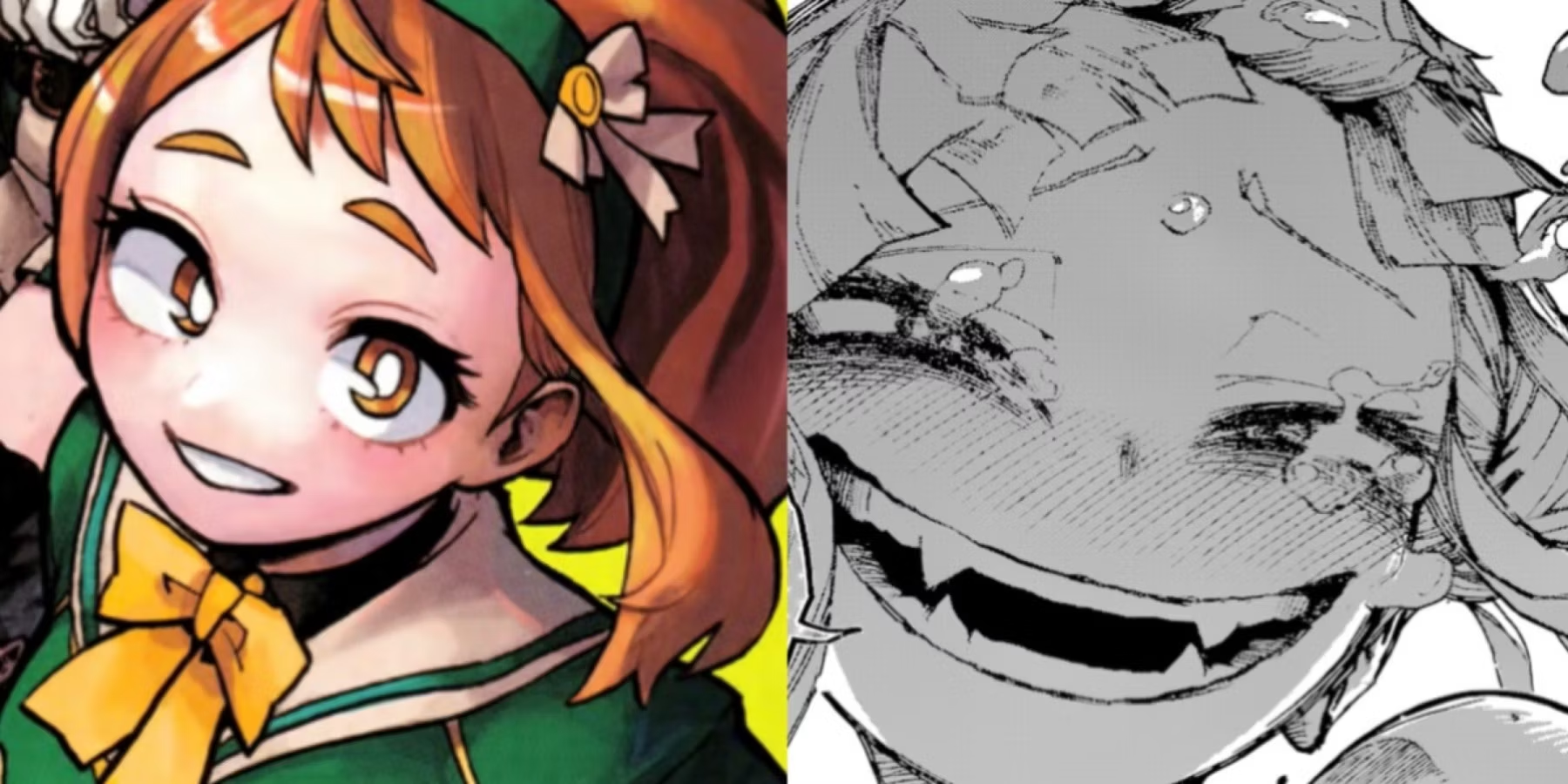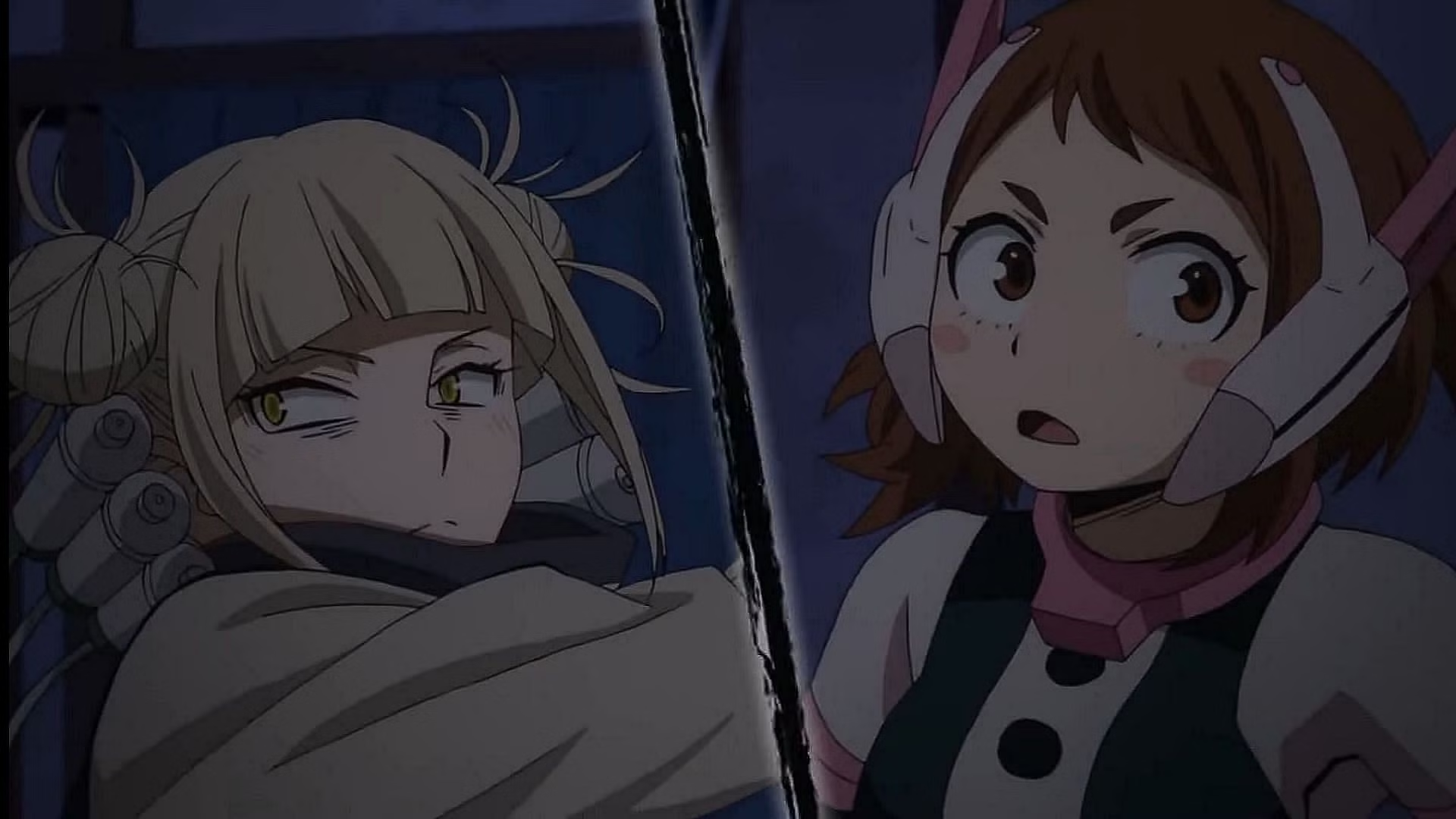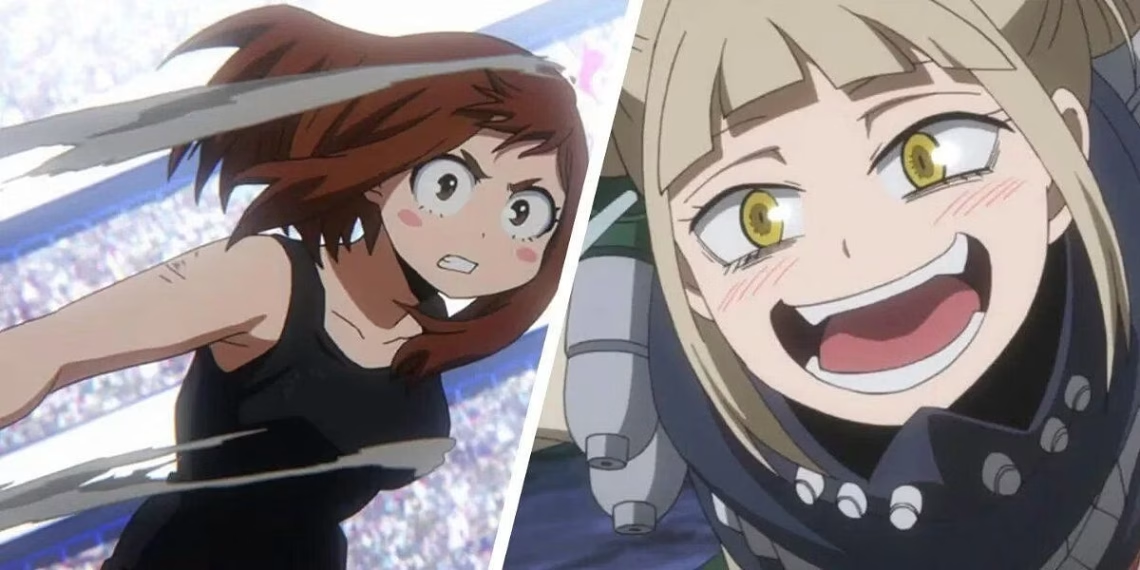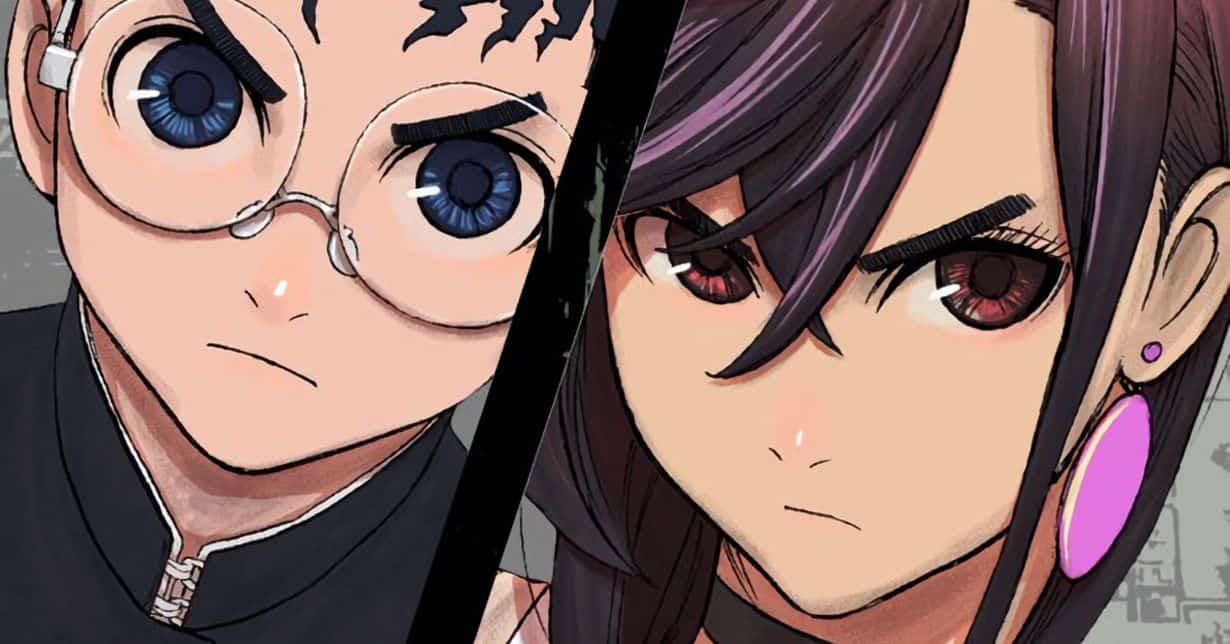The My Hero Academia manga is nearing its conclusion with only two chapters remaining, and the latest chapter, 428, confirms that Ochako and Toga’s story has concluded off-screen.
The relationship between these two pivotal female characters has played a crucial and emotionally significant role in the series, particularly in highlighting the multifaceted nature of characters often labeled as villains.
The decision to conclude their story off-screen has sparked varied reactions. Many fans are grieving this narrative choice, feeling it reflects a broader issue of dismissing female characters and that Ochako and Toga’s conclusion was not given the attention it deserved.
Some see this as indicative of a deeper problem of undervaluing women’s stories, suggesting a reflection of real-world issues within the narrative.
In chapter 428, the off-screen conclusion of Ochako and Toga’s story raises critical questions about the mangaka’s intentions. It may suggest that despite the end of fighting and the fall of villains, the true consequences of the war remain unacknowledged

. While the world moves forward with a sense of hope, the tragic stories of the villains remain unseen, symbolized by the undocumented conclusion of Ochako and Toga’s confrontation.
This narrative choice could be interpreted as poor or careless handling of female characters. It underscores a dismissal of women’s stories,
implying that even if their arcs aren’t detailed on-screen, conveying the point is sufficient. This approach has sparked a range of fan reactions, from disappointment and sorrow to criticism of the mangaka’s treatment of this key plot point.
My Hero Academia has previously emphasized documenting the final war and its battles, capturing perspectives from both heroes and villains through recordings. However, chapter 428 reveals that while other battles were documented, Ochako and Toga’s confrontation remains undocumented.

A camera crew covering the fight at Okuto Island missed capturing the battle’s conclusion due to a dead camera battery. As a result, Toga’s self-sacrificial act to save Ochako using her own blood and quirk goes unnoticed and unrecorded by the world.
This narrative decision has significantly impacted readers, leaving them to grapple with the absence of this pivotal moment in the story. If intentional, it could be seen as a unique narrative choice that underscores how the positive aspects of villains often go unnoticed by society.
It highlights the tendency of hero society to label individuals as villains without understanding their deeper circumstances. Toga’s act of saving Ochako, despite being her enemy, will remain unrecognized, perpetuating her image as a villain.
However, if the off-screen conclusion was not deliberate and the mangaka chose to present their emotional moment off-screen to make a broader point, it might indicate inadequate handling of these key female characters.
If Toga’s death also remains off-screen, it would further support the argument that their stories were not given the depth and attention they deserved. This approach could reflect a real-world issue of dismissing female figures, highlighting a missed opportunity to provide their stories with the significance they warrant.





